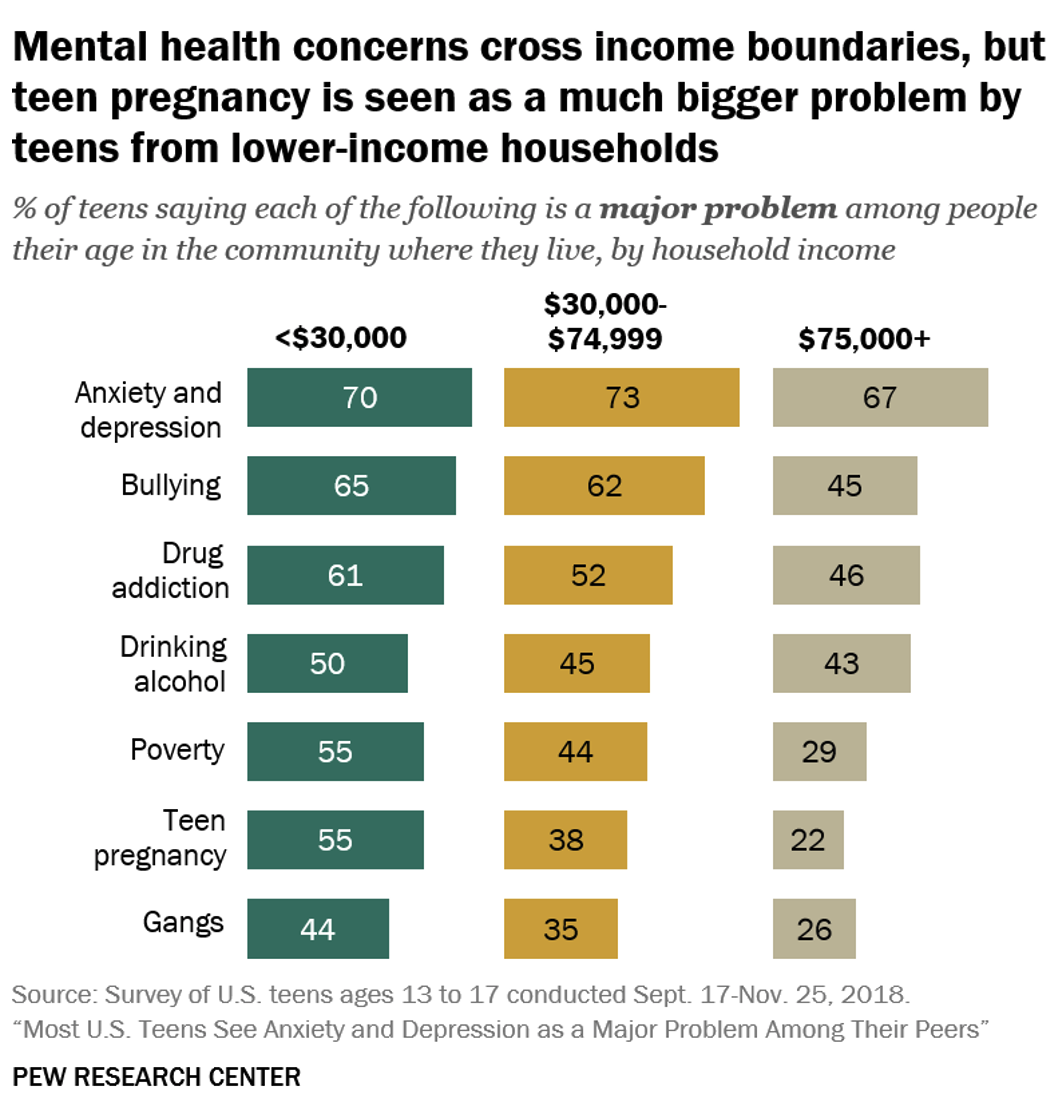Christina Baek
American sitcoms have attracted large audiences with the utilization of satire and dark humor. Some popular long-running sitcoms, loved by the public, include “It’s Always Sunny in Philadelphia, “Family Guy,” and “The Simpsons.” However, one show has recently gained popularity amongst a young demographic. “Rick and Morty,” which centers on the adventures of a sociopathic scientist, Rick, and his grandson, Morty, has achieved mainstream success. But what can be attributed to “Rick and Morty’s” cult following?
“Rick and Morty” follows the lives of the dysfunctional Smith family and appeals to the young masses by engaging popular social media issues and caricaturizing celebrities. An analysis of the lack of gendered interruptions in the show highlights how “Rick and Morty” tackles social constructs of masculinity and criticizes gender stereotypes. This study found that aggressive characters, without regards to gender, utilized interruptions in their speech more frequently. By employing satire and irony, it is no surprise that “Rick and Morty” has gained the recent traction that it did amongst millennials and Gen Z.
Introduction and Background
By employing dark humor, “Rick and Morty” engages with its young audience that birthed social media and grew up with the beginnings of the internet. A Pew Research study found that a majority of teens, regardless of income boundaries, saw anxiety and depression as a top major mental health concern among their peers (Graph 1). With the COVID-19 pandemic, uncertainty over job prospects and the future has contributed to the generational rise in negative feelings of anxiety and depression (Horowitz et al., 2020). The deprecating humor used in “Rick and Morty” has found a cult following by appealing to these young audiences enchanted by a specific type of absurdist and dark comedy. These young audiences are attracted by dark humor, which shows a shift in the demographic over generations.

Methods
This study analyzed the number of interruptions in the episode “Raising Gazorpazorp.” Interruptions are typically exemplified in masculine speech because they break the flow of the conversation. By speaking over or preventing the other party from speaking, interruptions allow the user to control the conversation and exude dominance. In “Raising Gazorpazorp,” a total of 17 interruptions were indicated (Graph 2). There was a negligible difference in the number of interruptions used by each gender.

Results

In “Raising Gazorpazorp,” Morty has sex with a robot doll, which gives birth to a half alien Gazorpazorp species and a half human doll. Beth interrupts Jerry in line 5.

Later in the same episode, Summer and Rick go to the Gazorpazorp planet to find a foster parent for Morty’s child. They get sentenced to death for coming from Earth, which has a patriarchal society that the female Gazorpians disapprove of. Rick interrupts the Gazorpian judge in line 4.
Analysis
In the first excerpt, Beth cuts off her husband, Jerry from speaking further. By interrupting her husband, Beth prevents Jerry from going off on a tangent and forces the family to focus on the issue at hand – her teenage son birthing a half alien child. She controls the flow of the conversation while mocking Jerry for pursuing civics as a major, which might insinuate to the audience that she does not respect her husband and sees him as inferior. A common trope in “Rick and Morty” tackles the marital issues between Beth and Jerry, and portrays the latter as an incompetent male who impregnated his young wife during their teen years. By interrupting Jerry, Beth exudes dominance and ensures that the family remains focused on Morty’s problem.
In the second excerpt, Rick interrupts the judge Gazorpian and prevents the latter from executing him and his granddaughter, Summer, to death. By interrupting the judge, Rick also adds comedic effect by insinuating that a society that places women in a higher class would employ less drastic punishments, like “a night on the couch.” However, he responds with “Ooh, gerp” in line 7 to show that he was gravely mistaken and immediately regrets interrupting the Gazorpian judge, who is in a higher position than him. By interrupting the judge, Rick not only shows that he remains level-headed in disadvantageous situations, but also employs typical masculine linguistic features. He stops a judge from informing him and Summer, the prisoners, of their sentence in front of a large audience. Rick fights against all odds and proves time and time again that he is capable of escaping predicaments when Summer and him safely escape the Gazorpazorp planet and returns to Earth.
In “Raising Gazorpazorp,” we found a negligible difference in the number of interruptions by gender. In fact, characters in “Rick and Morty” who take more dominant roles, like Summer, Beth, and Rick, interrupted other characters the most. Morty and Jerry, who are more passive male characters, conversely got interrupted by Beth and Rick.
Conclusions
With a lack in gendered interruptions in “Raising Gazorpazorp,” “Rick and Morty” shows how relevant, popular sitcoms highlight the issues with gender stereotypes and social constructs of masculinity. “Rick and Morty” places aggressive characters like Beth, Summer, and Rick, above passive characters like Morty and Jerry. Other sitcoms that analyze the dysfunctional family trope, like “Family Guy,” employ these same values by putting stronger, confident characters on a pedestal and berating those that enforce negative, patriarchal views. With the changing social demographics of younger generations, like millennials and Gen Z, comedies have adapted to their target audiences by utilizing dark humor and satire. In particular, “Rick and Morty” tackles important societal issues at hand and this can be exemplified by analyzing the linguistic features of the characters’ speech.
References
Horowitz, J. M., & Graf, N. (2020, May 30). Most U.S. Teens See Anxiety and Depression as a Major Problem Among Their Peers. Pew Research Center’s Social & Demographic Trends Project. https://www.pewresearch.org/social-trends/2019/02/20/most-u-s-teens-see-anxiety-and-depression-as-a-major-problem-among-their-peers/
Koltun, K. (2018). Rick, Morty, and Absurdism: The Millennial Allure of Dark Humor. The Forum, 10(1), 99–128. https://digitalcommons.calpoly.edu/forum/vol10/iss1/12